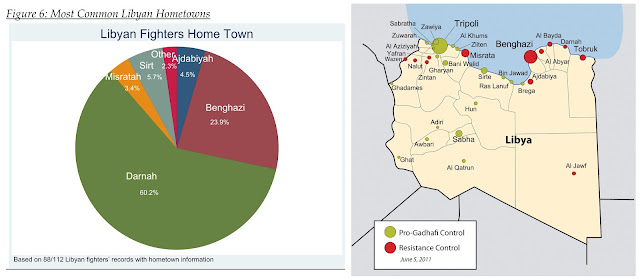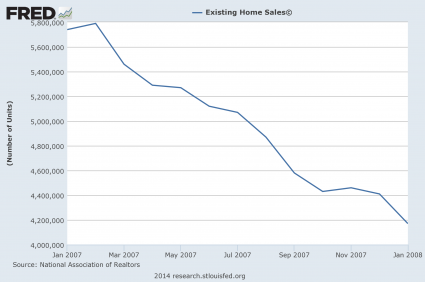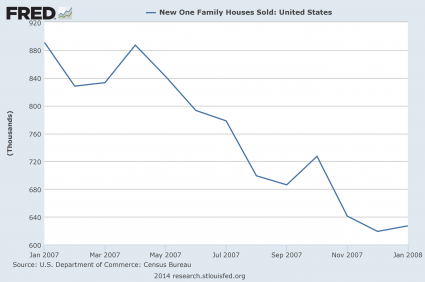“Suppressed Details of 9/11 Criminal Insider Trading lead directly into the CIA`s Highest Ranks
CIA Executive Director “Buzzy” Krongard managed Firm that handled “put” Options on UAL
by Michael C. Ruppert
FTW Publications, 9 October 2001, Centre for Research on Globalisation, globalresearch.ca, 20 October 2001
Although uniformly ignored by the mainstream U.S. media, there is abundant and clear evidence that a number of transactions in financial markets indicated specific (criminal) foreknowledge of the September 11 attacks on the World Trade Center and the Pentagon. That evidence also demonstrates that, in the case of at least one of these trades — which has left a $2.5 million prize unclaimed — the firm used to place the “put options” on United Airlines stock was, until 1998, managed by the man who is now in the number three Executive Director position at the Central Intelligence Agency. Until 1997 A.B. “Buzzy” Krongard had been Chairman of the investment bank A.B. Brown. A.B. Brown was acquired by Banker’s Trust in 1997. Krongard then became, as part of the merger, Vice Chairman of Banker’s Trust-AB Brown, one of 20 major U.S. banks named by Senator Carl Levin this year as being connected to money laundering. Krongard’s last position at Banker’s Trust (BT) was to oversee “private client relations.” In this capacity he had direct hands-on relations with some of the wealthiest people in the world in a kind of specialized banking operation that has been identified by the U.S. Senate and other investigators as being closely connected to the laundering of drug money.
Krongard (re?) joined the CIA in 1998 as counsel to CIA Director George Tenet. He was promoted to CIA Executive Director by President Bush in March of this year. BT was acquired by Deutsche Bank in 1999. The combined firm is the single largest bank in Europe. And, as we shall see, Deutsche Bank played several key roles in events connected to the September 11 attacks.
The Scope of Known Insider Trading
Before looking further into these relationships it is necessary to look at the insider trading information that is being ignored by Reuters, The New York Times and other mass media. It is well documented that the CIA has long monitored such trades – in real time – as potential warnings of terrorist attacks and other economic moves contrary to U.S. interests. Previous stories in FTW have specifically highlighted the use of Promis software to monitor such trades.
It is necessary to understand only two key financial terms to understand the significance of these trades. “Selling Short” is the borrowing of stock, selling it at current market prices, but not being required to actually produce the stock for some time. If the stock falls precipitously after the short contract is entered, the seller can then fulfill the contract by buying the stock after the price has fallen and complete the contract at the pre-crash price. These contracts often have a window of as long as four months. “Put Options,” purchased at nominal prices of, for example, $1.00 per share, are sold in blocks of 100 shares. If exercised, they give the holder the option of selling selected stocks at a future date at a price set when the contract is issued. Thus, for an investment of $10,000 it might be possible to tie up 10,000 shares of United or American Airlines at $100 per share, and the seller of the option is then obligated to buy them if the option is executed. If the stock has fallen to $50 when the contract matures, the holder of the option can purchase the shares for $50 and immediately sell them for $100 – regardless of where the market then stands.
A “call option” is the reverse of a put option, which is, in effect, a derivatives bet that the stock price will go up.
A September 21 story by the Israeli Herzliyya International Policy Institute for Counterterrorism, entitled “Black Tuesday: The World’s Largest Insider Trading Scam?” documented the following trades connected to the September 11 attacks:
- Between September 6 and 7, the Chicago Board Options Exchange saw purchases of 4,744 put options on United Airlines, but only 396 call options… Assuming that 4,000 of the options were bought by people with advance knowledge of the imminent attacks, these “insiders” would have profited by almost $5 million.
- On September 10, 4,516 put options on American Airlines were bought on the Chicago exchange, compared to only 748 calls. Again, there was no news at that point to justify this imbalance;… Again, assuming that 4,000 of these options trades represent “insiders,” they would represent a gain of about $4 million.
- [The levels of put options purchased above were more than six times higher than normal.]
- No similar trading in other airlines occurred on the Chicago exchange in the days immediately preceding Black Tuesday.
- Morgan Stanley Dean Witter & Co., which occupied 22 floors of the World Trade Center, saw 2,157 of its October $45 put options bought in the three trading days before Black Tuesday; this compares to an average of 27 contracts per day before September 6. Morgan Stanley’s share price fell from $48.90 to $42.50 in the aftermath of the attacks. Assuming that 2,000 of these options contracts were bought based upon knowledge of the approaching attacks, their purchasers could have profited by at least $1.2 million.
- Merrill Lynch & Co., which occupied 22 floors of the World Trade Center, saw 12,215 October $45 put options bought in the four trading days before the attacks; the previous average volume in those shares had been 252 contracts per day [a 1200% increase!]. When trading resumed, Merrill’s shares fell from $46.88 to $41.50; assuming that 11,000 option contracts were bought by “insiders,” their profit would have been about $5.5 million.
- European regulators are examining trades in Germany’s Munich Re, Switzerland’s Swiss Re, and AXA of France, all major reinsurers with exposure to the Black Tuesday disaster. [FTW Note: AXA also owns more than 25% of American Airlines stock making the attacks a “double whammy” for them.]
On September 29, 2001 – in a vital story that has gone unnoticed by the major media – the San Francisco Chronicle reported, “Investors have yet to collect more than $2.5 million in profits they made trading options in the stock of United Airlines before the Sept. 11, terrorist attacks, according to a source familiar with the trades and market data.
“The uncollected money raises suspicions that the investors – whose identities and nationalities have not been made public – had advance knowledge of the strikes.” They don’t dare show up now. The suspension of trading for four days after the attacks made it impossible to cash-out quickly and claim the prize before investigators started looking.
“… October series options for UAL Corp. were purchased in highly unusual volumes three trading days before the terrorist attacks for a total outlay of $2,070; investors bought the option contracts, each representing 100 shares, for 90 cents each. [This represents 230,000 shares]. Those options are now selling at more than $12 each. There are still 2,313 so-called “put” options outstanding [valued at $2.77 million and representing 231,300 shares] according to the Options Clearinghouse Corp.”
“…The source familiar with the United trades identified Deutsche Bank Alex. Brown, the American investment banking arm of German giant Deutsche Bank, as the investment bank used to purchase at least some of these options…”
As reported in other news stories, Deutsche Bank was also the hub of insider trading activity connected to Munich Re. just before the attacks.
CIA, the Banks and the Brokers
Understanding the interrelationships between CIA and the banking and brokerage world is critical to grasping the already frightening implications of the above revelations. Let’s look at the history of CIA, Wall Street and the big banks by looking at some of the key players in CIA’s history. Clark Clifford – The National Security Act of 1947 was written by Clark Clifford, a Democratic Party powerhouse, former Secretary of Defense, and one-time advisor to President Harry Truman. In the 1980s, as Chairman of First American Bancshares, Clifford was instrumental in getting the corrupt CIA drug bank BCCI a license to operate on American shores. His profession: Wall Street lawyer and banker.
John Foster and Allen Dulles – These two brothers “designed” the CIA for Clifford. Both were active in intelligence operations during WW II. Allen Dulles was the U.S. Ambassador to Switzerland where he met frequently with Nazi leaders and looked after U.S. investments in Germany. John Foster went on to become Secretary of State under Dwight Eisenhower and Allen went on to serve as CIA Director under Eisenhower and was later fired by JFK. Their professions: partners in the most powerful – to this day – Wall Street law firm of Sullivan, Cromwell…..”
Full article
[youtube://http://www.youtube.com/watch?v=MeE3-rOG7i4 450 300]
Comments »












